Disclosure: We may get commissions for purchases made through links in this post.
Bedding sand is an important component in any gardening or paving plan. It provides stability and keeps the pavers in place. If you're planning on installing pavers on your driveway or patio and would like to know if you should compact bedding sand before placing your stones, we've found the best answer for you.
In installing slabs, you should not compact your bedding sand. You can never fully compact bedding sand because of its granular composition. Bedding sand will rise when you start placing your pavers on top. The best thing to do is to make sure that the gravel base is compacted and level before you lay the bedding sand.
You probably have more questions on your mind right now regarding pavement installation, read on to find out more tips and tricks for a successful project.
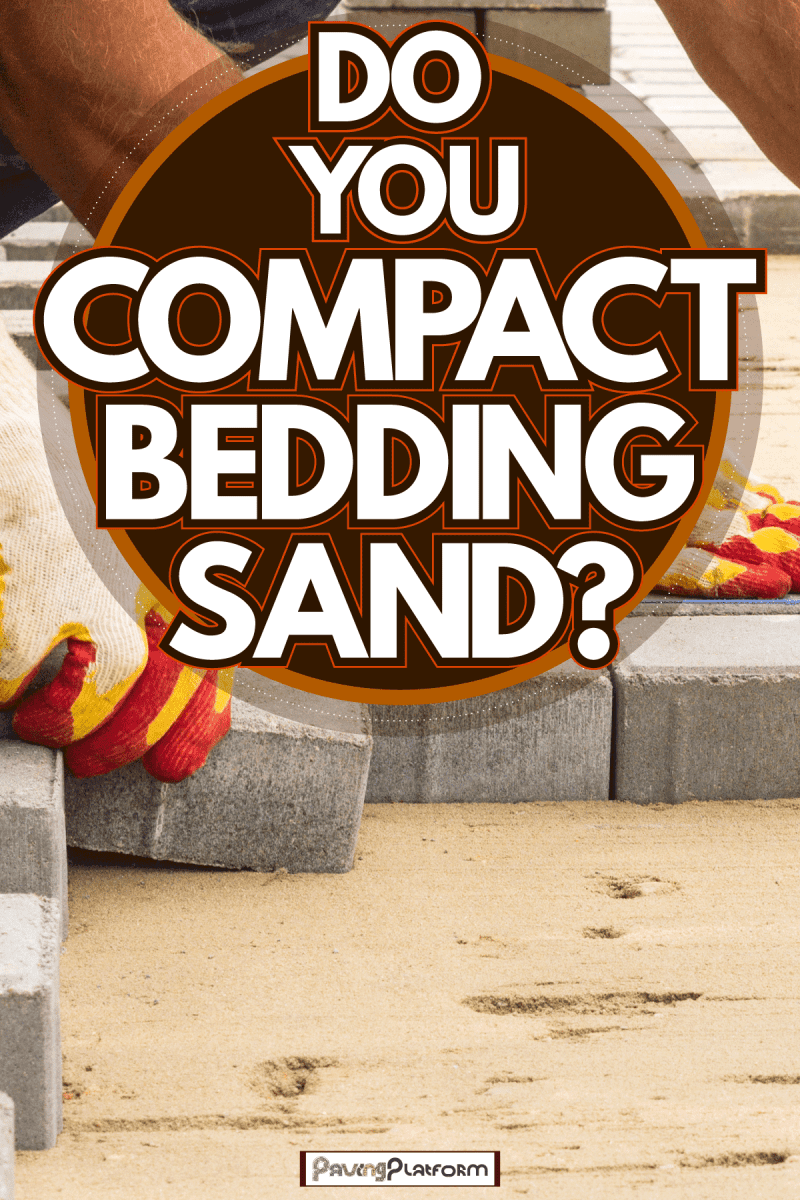
Soil and Gravel Base
Soil and gravel together with your bedding sand are the foundation of your paving project. Proper preparation of these three will ensure the sturdiness of your pavers in the long run. You should always remember to compact and level your soil before pouring in the gravel.
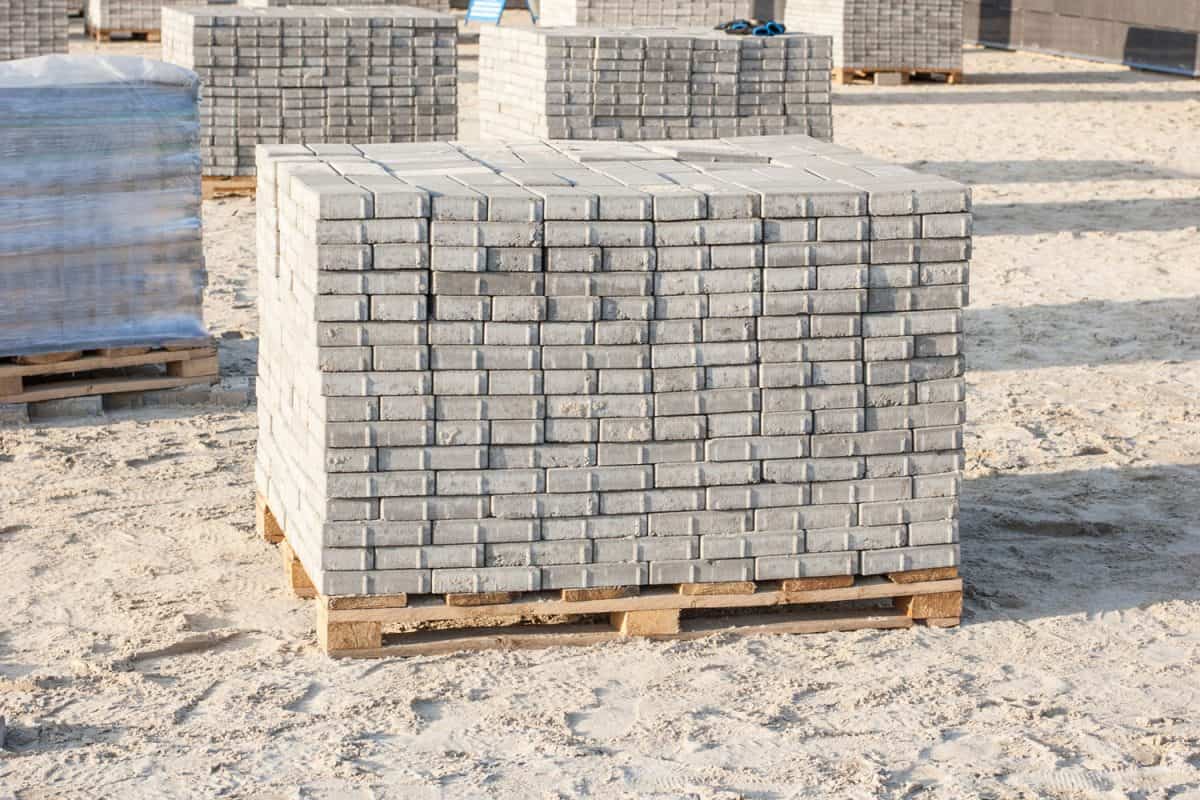
Any unevenness will result in a wobbly walking path and nobody wants that. You should also note that gravel should have a bit of moisture in it to make compacting easier.
Tip: The best type of gravel to use would be those with varying sizes and sharp edges, this will ensure easy compaction.
Gravel Base Thickness
You should choose how thick your gravel base would be according to its intended use and what type of soil you have. Pavers that will be driven on will need to have a thicker base than say a patio.
If you will lay stones on top of soft clay, you should have a thicker gravel base as well. Your local suppliers can usually suggest what type to get based on the type of soil you'll be working with. It's also recommended that you divide your gravel into three smaller sets before layering them on top of each other to ensure an even, compact spread on the area.
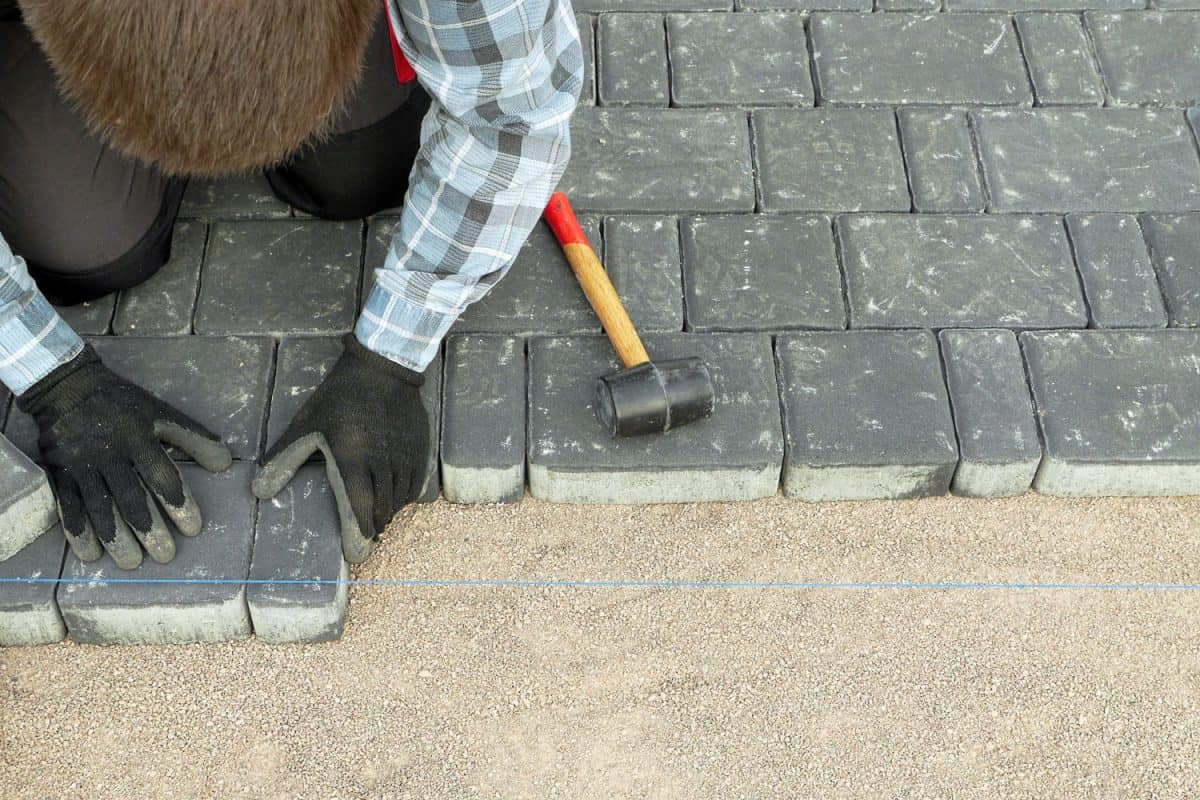
Bedding Sand
Now we've arrived at sand bedding, compacting the sand used for bedding the pavers as mentioned is a big no-no! Compacted sand will expand once dried and will cause your pavers to shift and become unstable in the future.
This step is essential as it will level out any gaps in the gravel base and inconsistencies in the stones. Do not forget to screed your bedding sand before putting in your pavers. You can use any 2x4, as long as it matches the length of the area you are working on.
Tip: Get a PVC pipe with a 1" diameter and lay it across the base, then spread the bedding sand across the area. Using your 2x4, screed the sand off until the PVC pipe is visible. This step would help in making sure you have a uniform layer of sand.
Types of Bedding Sand for Paving
Now that you know how important bedding sand is for building patios how would you know which one to use? There are two types of sand for paving projects and they are:
1. All-Purpose/Levelling/Paver Sand
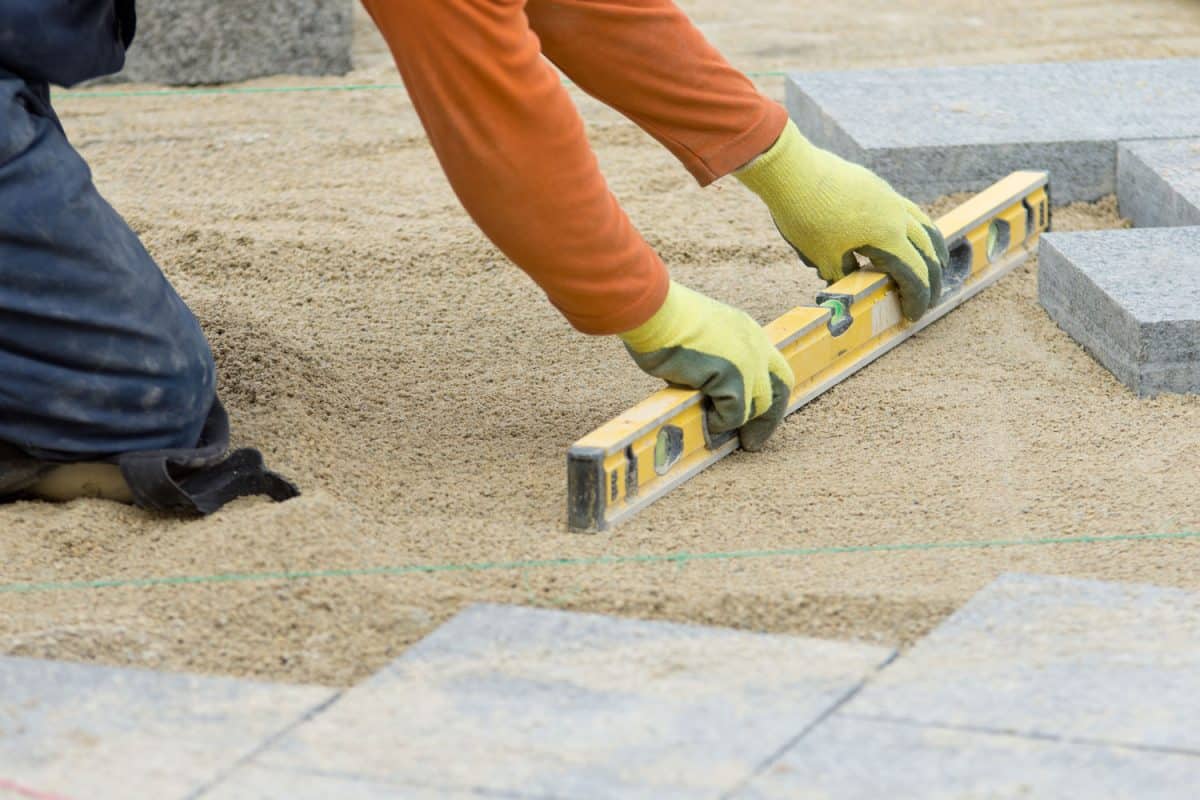
This is the ideal type used for bedding sand, usually made up of coarse, washed, river sand or sand from quarries. You should not use this sand if there is unevenness in the gravel base. In laying the bedding sand you should always remember to pour in an even 1/2" thick across the area and not to go over 1". You should not pour it over a low spot on the base if there is any because this will cause your pavers to shift.
2. Joint Sand/Polymeric Sand
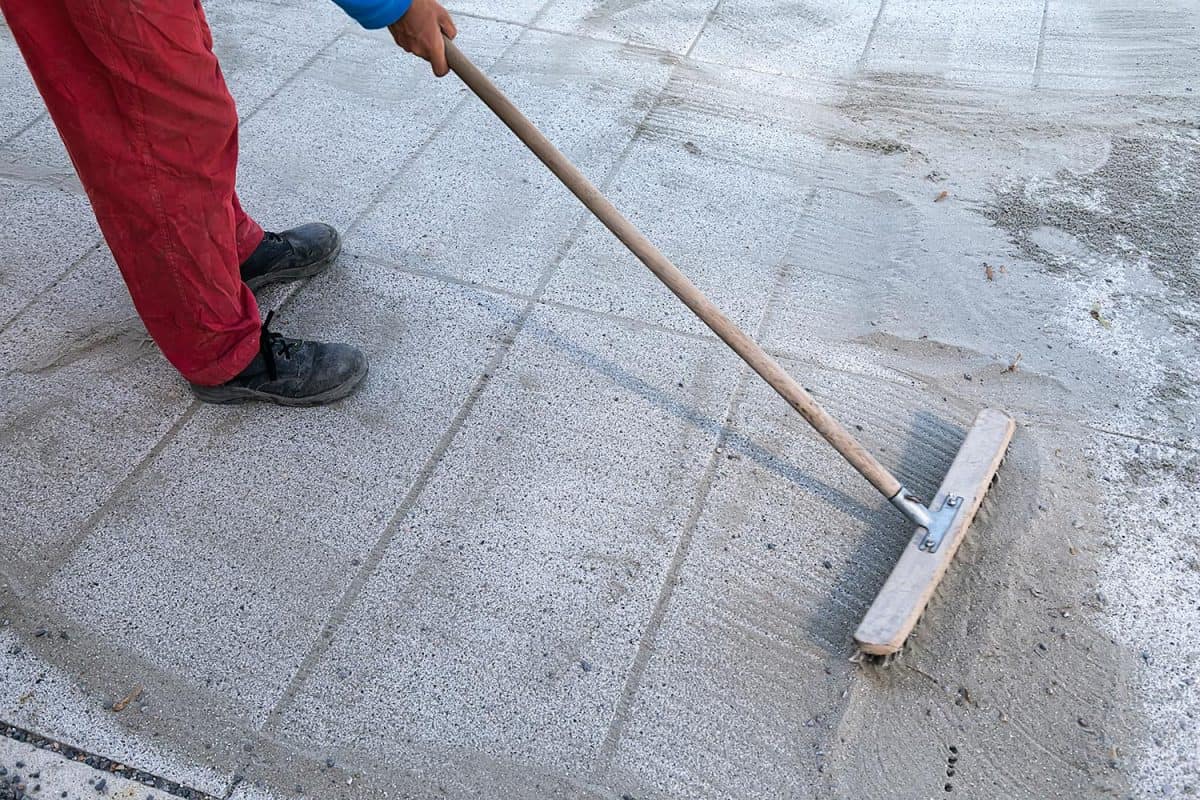
This sand is used for filling up the gaps in your pavers and binding them together. It also comes in muted colors like white, beige, or tan which creates clean, neat lines in-between the pavers.
Tip: Do not forget to sweep any excess sand on top of the pavers as they will dry immediately once you wet with water, creating unsightly marks on the stones.
This Polymeric Sand comes in a variety of colors which will create a pleasing, overall look for your patio project.
Click here to look it over on Amazon.
Edge Restraints
You're probably looking forward to settling in those pavers right now, but before that, you need to make sure you set up edge restraints. Edge restraints can be made up of plastic, wood, or metal and are designed to keep your pavers from moving and separating.
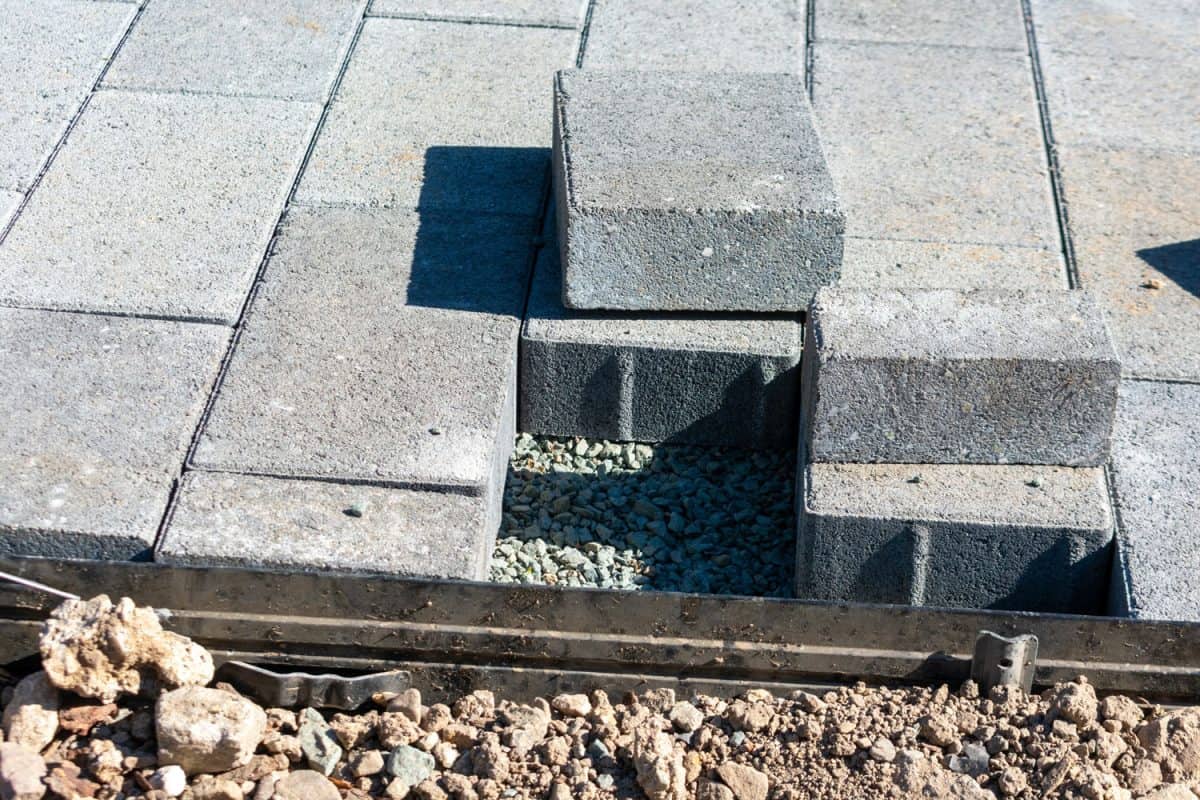
Laying the Pavers
This is probably the best part of a patio installation project, or any home improvement project for that matter it's seeing your vision come to life. Here are a few quick tips you should remember when laying down your pavers:
- Lay down the pavers first on the longest straight side. Preferably the side that has a structure beside it.
- You have to remember to take out several pallets at the same time so that you will have a good balance of color.
- Put down your pavers directly on the sand; do not slide them over it or kick it into place.
- Remember to place them beside each other with little to no space.
- You can use a string to extend over a row to make sure that they are straight.
- Use a level from time to time to make sure that you have an even slope.
- Do not walk over your prepared sand, you should stand on pavers you've already placed and try to work your way out.]
- You should always cut your pavers and not push them together to fit.
- Tamp the pavers in the sand once you're done. Using a plate compactor or a sledgehammer to tamp in the slabs atleast three times.
- Use your polymeric sand to fill in the gaps between the pavers to stop them from shifting during compaction.
- Always try to go in different directions or patterns while tamping so you can be sure that you locked down every spot.
- Be sure to use protective covering on top of your newly placed pavers while tamping to protect it from scruffs.
Craftsman Torpedo Level, 9-Inch. Check out this level on Amazon.
And with that, you're almost done with your paving project. After, finishing the surface you can enjoy the area for years to come!
Final Notes
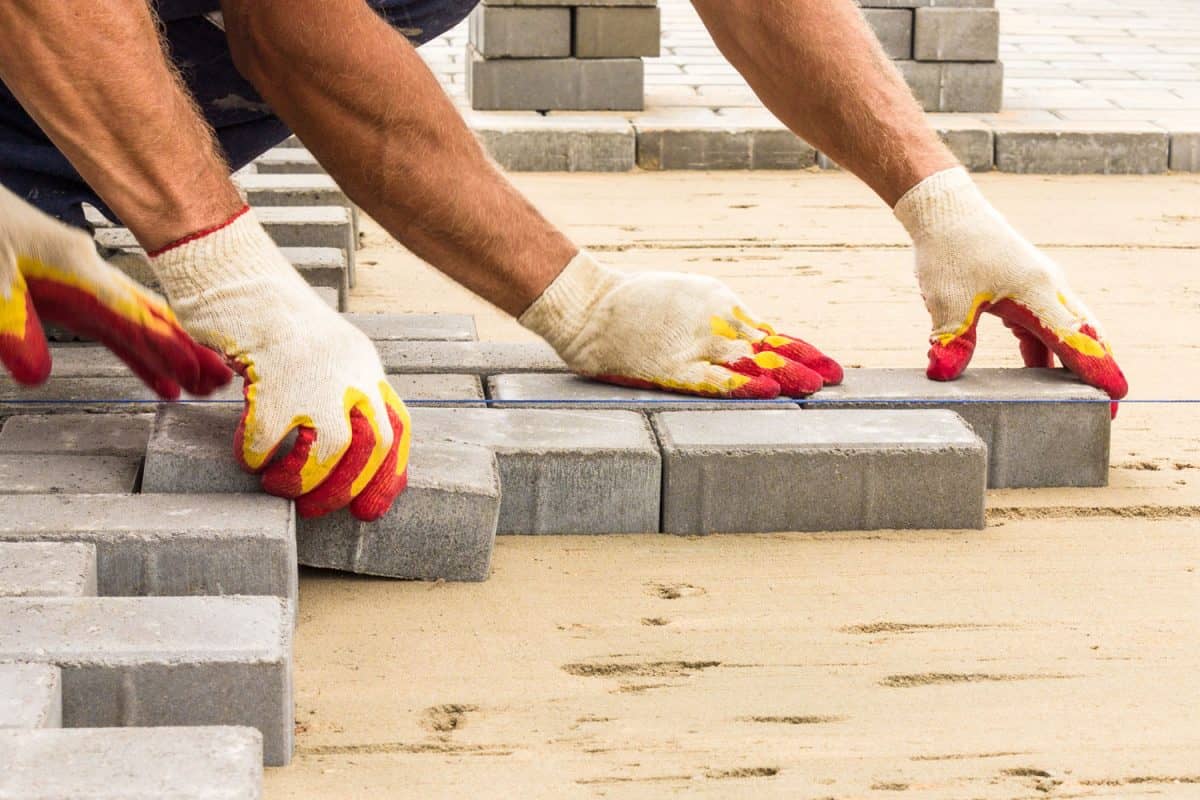
Installing your very own paved walkway or patio may seem like a daunting task, but just keep in mind that all you need to have is a solid foundation of soil, gravel, and bedding sand to make way for a smooth transition into laying your paving stones. Laying down your pavers will be the easiest part of this job, as long you ensure that the soil and gravel are level and compacted before layering on the bedding sand.
Make sure to read this post about landscaping to complete the look of your newly paved pathway.



![Vibrant Red Paver Stone Path, Can You Spray Paver Sealer? [How To Apply It]](https://pavingplatform.com/wp-content/uploads/2022/04/Vibrant-Red-Paver-Stone-Path-600x400.jpg)
![Properly laid out red pavers for a garden, Can You Tint Paver Sealer? [And How To]](https://pavingplatform.com/wp-content/uploads/2022/04/Properly-laid-out-red-pavers-for-a-garden-600x400.jpg)
